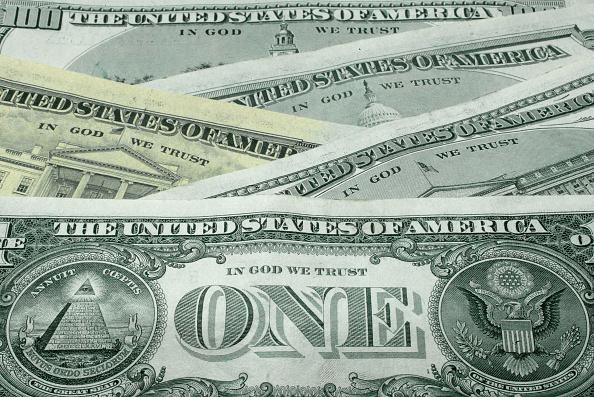Here's how to speed up and track your $1,200 stimulus check as IRS races to issue payments
Most Americans will receive economic impact payments within two weeks, Treasury Department says

As millions of Americans throughout the United States reported receiving the first wave of economic stimulus payments in recent days, others have been left wondering when they will get their hands on the critical aid.
For taxpayers who earned $75,000 or less, provided their direct deposit information to the federal government and filed taxes for 2018 and 2019, the $1,200 payments were expected to post in accounts owned by major national banks as early as Wednesday, after the IRS raced to issue the funds by the end of last week.
The payments were expected to continue posting into accounts during the week, though officials have warned some taxpayers with inaccurate information included in their filings could suffer extensive delays, while others who have not disclosed their direct deposit information to the government would have to wait for paper cheques to be sent by the US Treasury Department.
In an effort to speed up the process of Americans receiving their economic impact payments, the IRS launched a new tool allowing taxpayers to correct and update their information in an online portal called “Get My Payment”. The tool allows filers to ensure their information is accurate, as well as update their addresses and other criteria.
The “Get My Payment” portal also allows users to view status updates about their payments, including when and how they could expect to receive the funds in the coming days.
Americans who are not required to file annual taxes were also provided a new tool through the IRS to self-report their bank information in order to receive a $1,200 payment. The payments were created for anyone making under the $75,000 threshold, including people not required to pay income taxes with gross incomes of less than $12,200. Those who earn between $75,000 and $99,000 would receive a reduced impact payment based on a sliding scale.
Paper cheques were expected to face additional delays after reports indicated the Treasury Department was ordered to take last minute steps to print payments with Donald Trump’s signature attached. Officials argued the cheques would not be delayed due to the change.
The president’s name could not be placed in the signature section due to reported legal reasons, so the administration instead decided to place it in the memo area, requiring significant changes to computer coding, according to Washington Post.
Most Americans were expected to receive their impact payments within the coming two weeks, according to the Treasury Department, with paper cheques beginning to go out at the end of the month.
“We know many people are anxious to get their payments,” the IRS said in a tweet on Friday announcing it had deposited the first wave of funds. “We’ll continue issuing them as fast as we can.”
The IRS would continue mailing out paper cheques in the coming months, with as many as five million payments expected to be sent out over a 20-week period.
Join our commenting forum
Join thought-provoking conversations, follow other Independent readers and see their replies
Comments